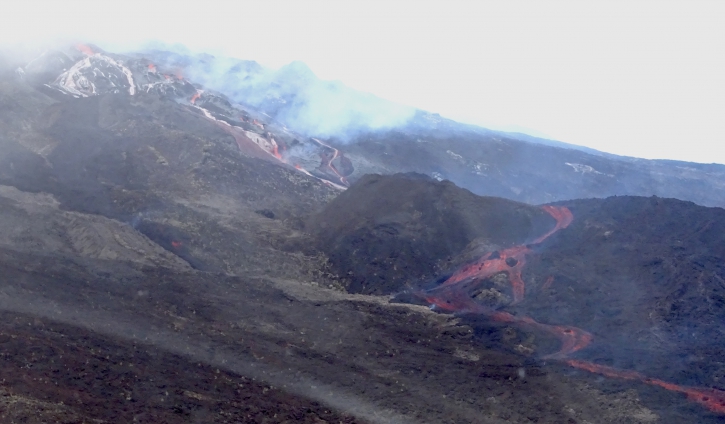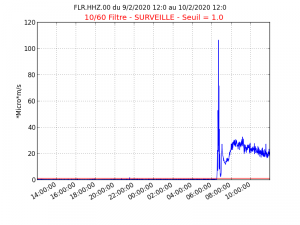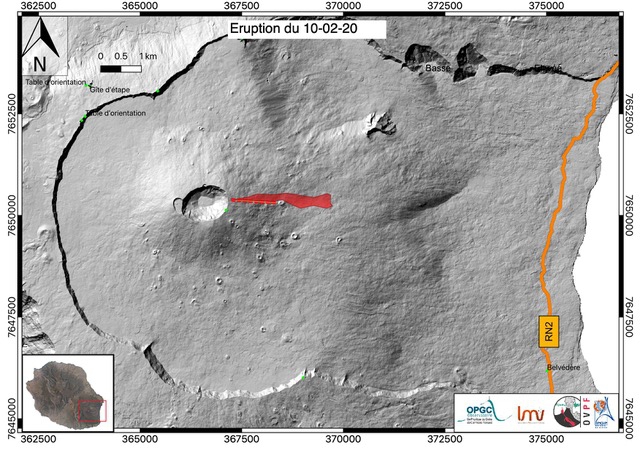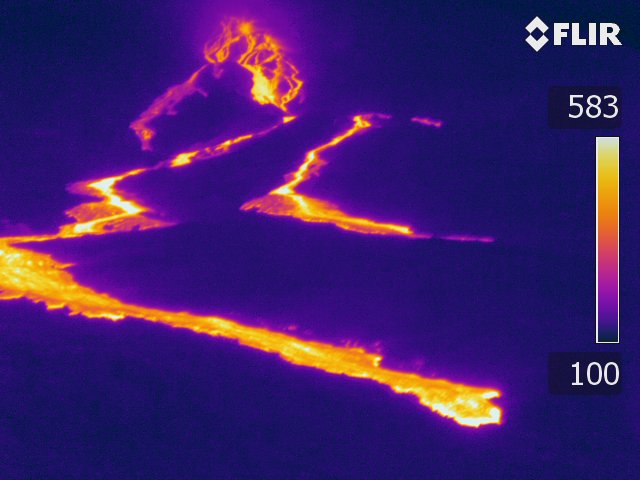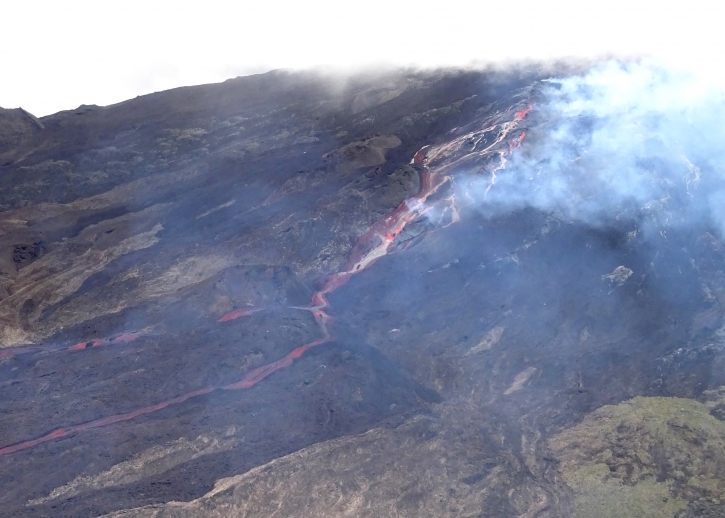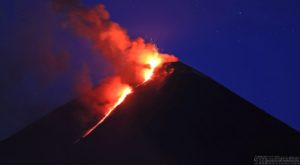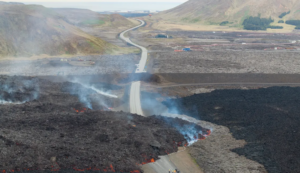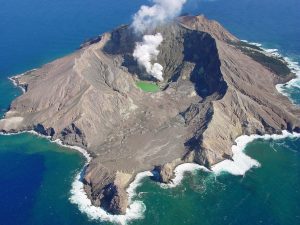February 10 , 2020 .
La Réunion , Piton de la Fournaise :
Bulletin of Monday February 10 at 10:40 am (local time).
Since 10:27 local time, a seismic crisis has been recorded on the instruments of the Volcanological Observatory of Piton de la Fournaise. This seismic crisis is accompanied by rapid deformation, This indicates that the magma is leaving the magmatic reservoir and is propagating towards the surface. An eruption is likely soon in the next few minutes or hours. Additional information will follow regarding the sector impacted by this magmatic propagation towards the surface.
Bulletin of Monday February 10 at 11:15 a.m. (local time).
Following the seismic crisis that started at 10:27 local time, the volcanic tremor synonymous with the arrival of magma near the surface has been recorded since about 10:50 local time. According to OVPF records, the source of this tremor is located on the eastern flank of the volcano. No visual confirmation of an onset of eruption could be made for the moment on the webcams because of the cloud cover. However, fumaroles were seen from the shore confirming the start of the eruption (inside the Enclos ).
Recommended alert level: 2-2.
Activity bulletin from Monday 10 February at 4.30 p.m. (local time).
The eruption which started on 02/10/2020 at around 10:50 am local time continues. The intensity of the volcanic tremor (indicator of the intensity of the eruption) gradually decreases since the opening of the eruptive cracks (Figure 1).
Figure 1: Evolution of the RSAM (indicator of the volcanic tremor and the intensity of the eruption) over the past 24 hours on the FLR seismological station located on the eastern flank of the volcano. (© OVPF / IPGP)
During the seismic crisis that accompanied the final spread of magma to the surface, between 10:26 am and 10:50 am, 210 earthquakes were recorded under the summit zone of the volcano.
Following aerial reconnaissance in the early afternoon, the cracks could be located. Several cracks opened on the eastern flank of the terminal cone between the upper part of the terminal cone and 2000 m above sea level (at Marco crater; Figures 2 and 3). All of these cracks extend over a distance of about 1 km (Figure 4). During the overflight (1 p.m. to 1:30 p.m. local time), the lava fountains did not exceed 10 m in height. Due to the location of eruptive cracks and steep slopes in the area, the lava flows had reached 1,700 m above sea level at 1:15 p.m. local time and the flow front was less than 150 m from the break of the large slopes. However, the flow front was greatly slowed down by a flat area.
Figure 2: Approximate location (GPS position from helicopter) of the eruptive cracks opened on 02/10/2020 and of the associated flow at 1:15 p.m. local time.
Figure 3: Aerial shot in thermal imaging of the eruptive site around 1:15 p.m. local time.
Figure 4: Aerial shot of the eruptive site on 02/10/2020 around 1:15 p.m. local time.
Figure 5: Aerial shot of the eruptive site on 02/10/2020 around 1:15 p.m. local time.
Source : OVPF.
Read the articles : http://www.ipgp.fr/fr/ovpf/actualites-ovpf

